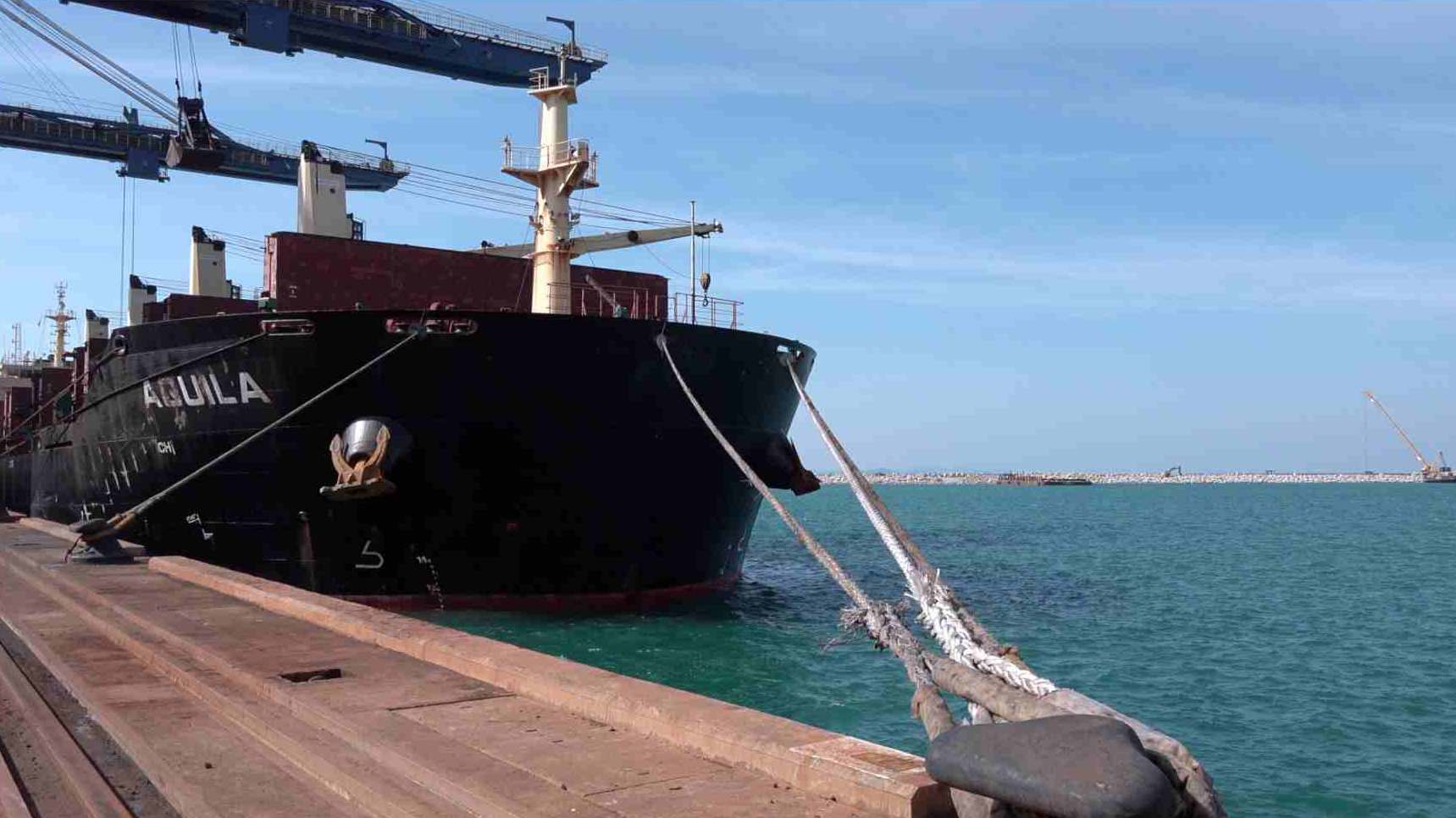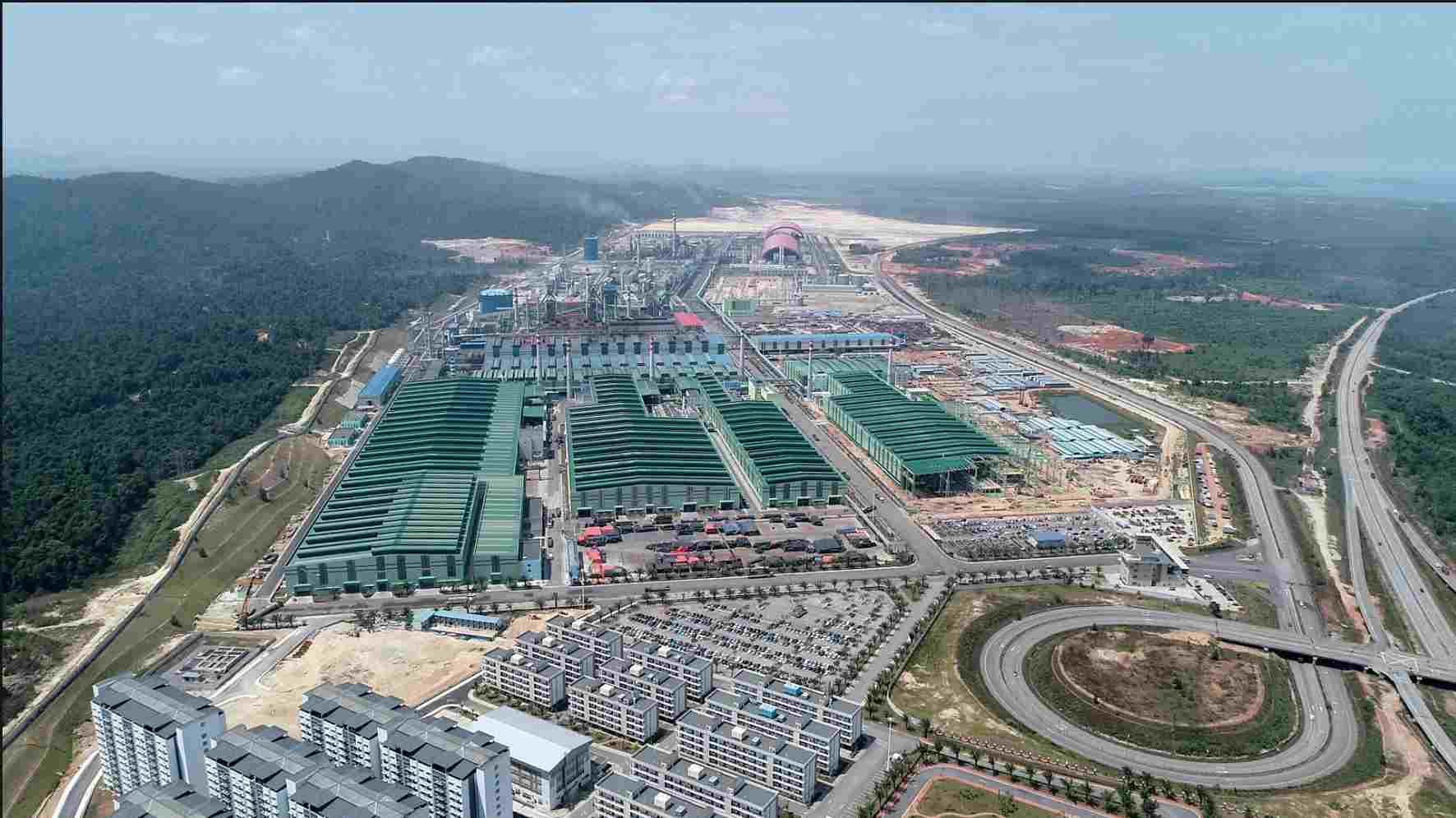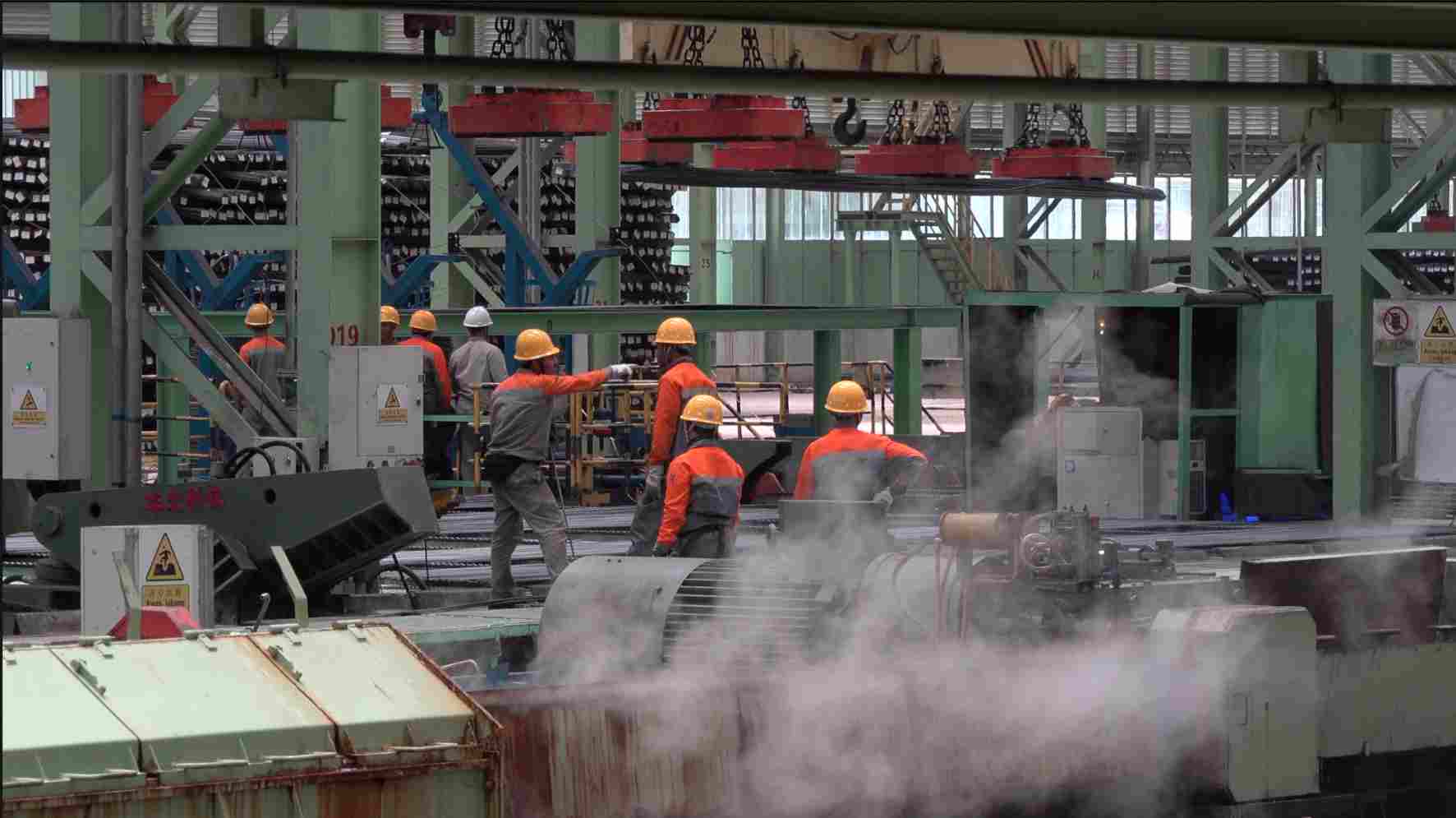
Money Stories
15:50, 10-Apr-2019
BRI Projects: China-Malaysia collaborations taking off on east coast
Updated
23:03, 18-Apr-2019
Rian Maelzer
02:15

I first visited the site of China's Alliance Steel just under two years ago when it was still very much under construction. Even then, it was shaping up to be the biggest single industrial complex I could recall seeing in Malaysia. Today, fully up and running in the Malaysia-Kuantan China Industrial Park on the country's east coast, it stretches more than four kilometers from end to end and has its own internal bus service.
There can be no doubting the economic benefits this first big investor in the MCKIP is bringing.
Out of a workforce of just over 5000 at Alliance Steel, more than 3000 are locals which is rare in a country that relies so heavily on foreign labor and hugely welcome in one of the least developed parts of Peninsular Malaysia.

The vast steel plant is in the Malaysia-China Kuantan Industrial Park. /Photo from Alliance Steel
The vast steel plant is in the Malaysia-China Kuantan Industrial Park. /Photo from Alliance Steel
Local worker Muhamad Hafiz Sahlan told me that in other east coast jobs, it is hard to make ends meet. "Working here we can pay all our bills, support ourselves well, afford to buy a car. The wages we get here are high."
A few kilometers away at Kuantan Port, it is Alliance Steel that is driving business. The port itself is a 60-40 joint venture between Malaysia's IJM Corporation and China's Guanxi-Beibu Gulf Port Group. The two have created a new breakwater and deep-water terminal that has doubled the capacity of the port and tripled the size of the ships that can berth there.
Today, while the old terminal handles exports, the new terminal is currently used to bring in millions of tonnes of coal and high-grade iron ore for Alliance Steel.

Alliance Steel employees. /Photo from Alliance Steel
Alliance Steel employees. /Photo from Alliance Steel
"Kuantan Port is really beneficial from a logistics standpoint, which is key to steel industry," said Steve Hu, the deputy project commander at Alliance Steel. "Since it's located at the heart of Southeast Asia, Kuantan port has natural advantages in terms of the acquisition of raw material and exporting the finished products."
As more big investors set up operations in the industrial park, Kuantan Port expects to continue its expansion.
"We are looking at a very fast take-up rate at the Malaysia-China Kuantan Industrial Park and looking at the businesses there we will then align the expansion of phase two to suit the cargo that is coming through there," said IJM CEO Soam Heng Choon.
The port is creating spillover economic benefits for the region, complementing the MCKIP and industries there.
"This project, the Kuantan port and also the MCKIP, are the two very significant tangible assets that you can see from the initiative under the BRI," said IJM's Soam.

The finished products are exported from Kuantan Port. /Photo from Alliance Steel
The finished products are exported from Kuantan Port. /Photo from Alliance Steel
Alliance Steel feels that it has a role to play too.
"BRI lays emphasis on infrastructure construction. Our products are mainly building materials, including deformed steel bar, wire and new steel, which are the suitable materials for the Belt and Road," said Hu.
The thousands of local workers finding good, well-paying jobs there, or the small business people seeing the boost from the increased industrial and port activity may barely even have heard of the Belt and Road Initiative. But the projects on Malaysia's east coast are a testament to benefits that a Malaysia-China collaboration can bring.

SITEMAP
Copyright © 2018 CGTN. Beijing ICP prepared NO.16065310-3
Copyright © 2018 CGTN. Beijing ICP prepared NO.16065310-3